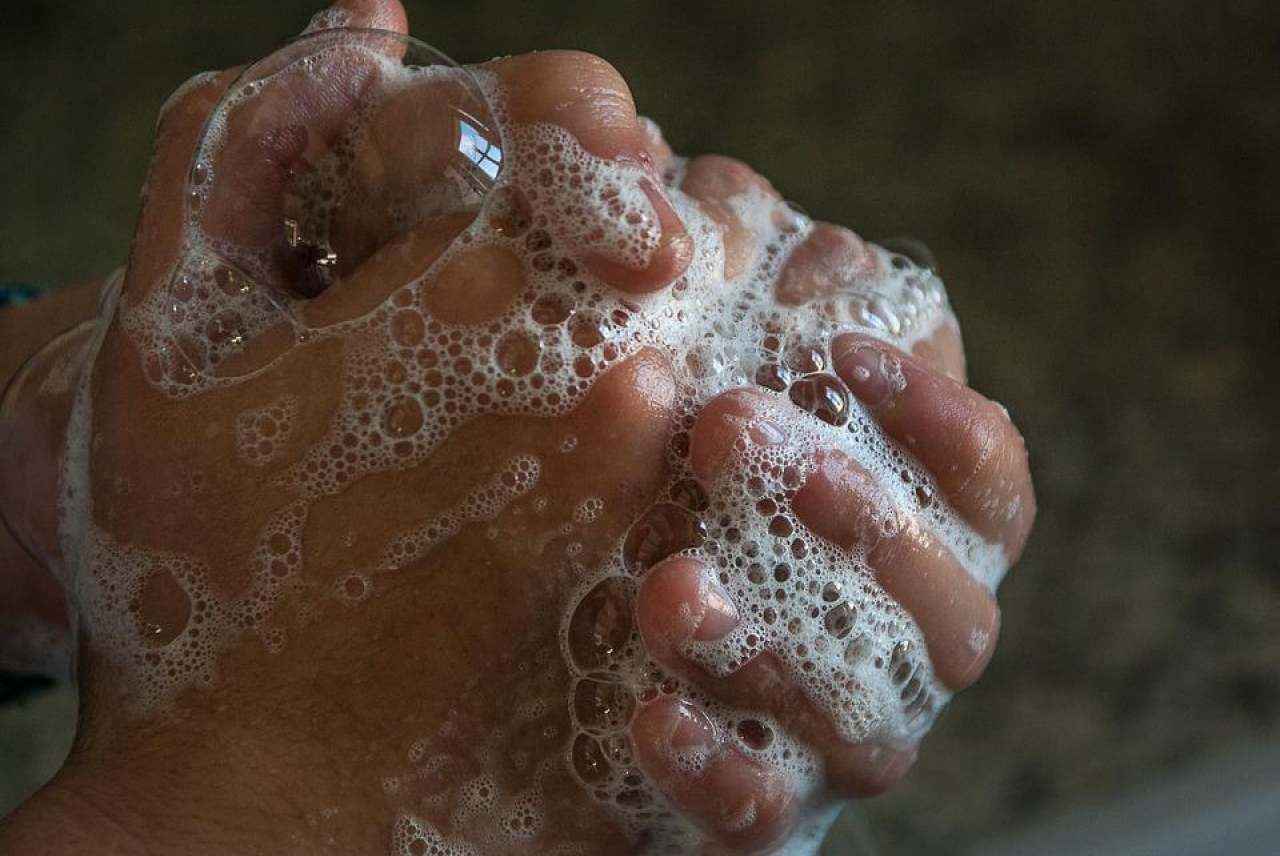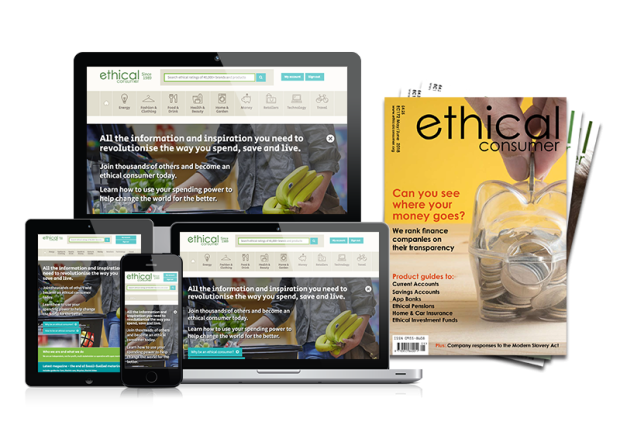Avoiding palm oil
How a company sources and traces its palm oil products will affect whether it is linked with the clearing of rainforests and peatlands, and the degree to which its products negatively affect local communities, biodiversity and climate change.
Its production destroys rainforests and biodiversity. The plight of orangutans has been a key feature of palm oil campaigns, due to 80% of their habitat being destroyed in the last 20 years and the serious risk they face of extinction in our lifetime.
Social impacts are also wide-ranging, and economic gains are far from evenly distributed. More than 20 million people, comprising hundreds of distinct language groups, depend on Indonesia’s forests. Many traditional communities have lost their lands to plantations.
Demand for palm oil has undergone a phenomenal growth and is expected to more than double by 2030 and triple by 2050.
Palm Oil in Soap
Palm oil is widely used for its properties and because it is cheap, but as with other mass produced crops, the environmental and social costs go unaccounted for.
Many products aren't clearly labelled, and palm oil and its derivatives can appear under many names, including:
Vegetable Oil, Vegetable Fat, Palm Kernel, Palm Kernel Oil, Palm Fruit Oil, Palmate, Palmitate, Palmolein, Glyceryl, Stearate, Stearic Acid, Elaeis Guineensis, Palmitic Acid, Palm Stearine, Palmitoyl Oxostearamide, Palmitoyl Tetrapeptide-3, Sodium Laureth Sulfate, Sodium Lauryl Sulfate, Sodium Kernelate, Sodium Palm Kernelate, Sodium Lauryl Lactylate/Sulphate, Hydrated Palm Glycerides, Etyl Palmitate, Octyl Palmitate, Palmityl Alcohol *
However, it is possible to buy soap that is palm-oil-free.





